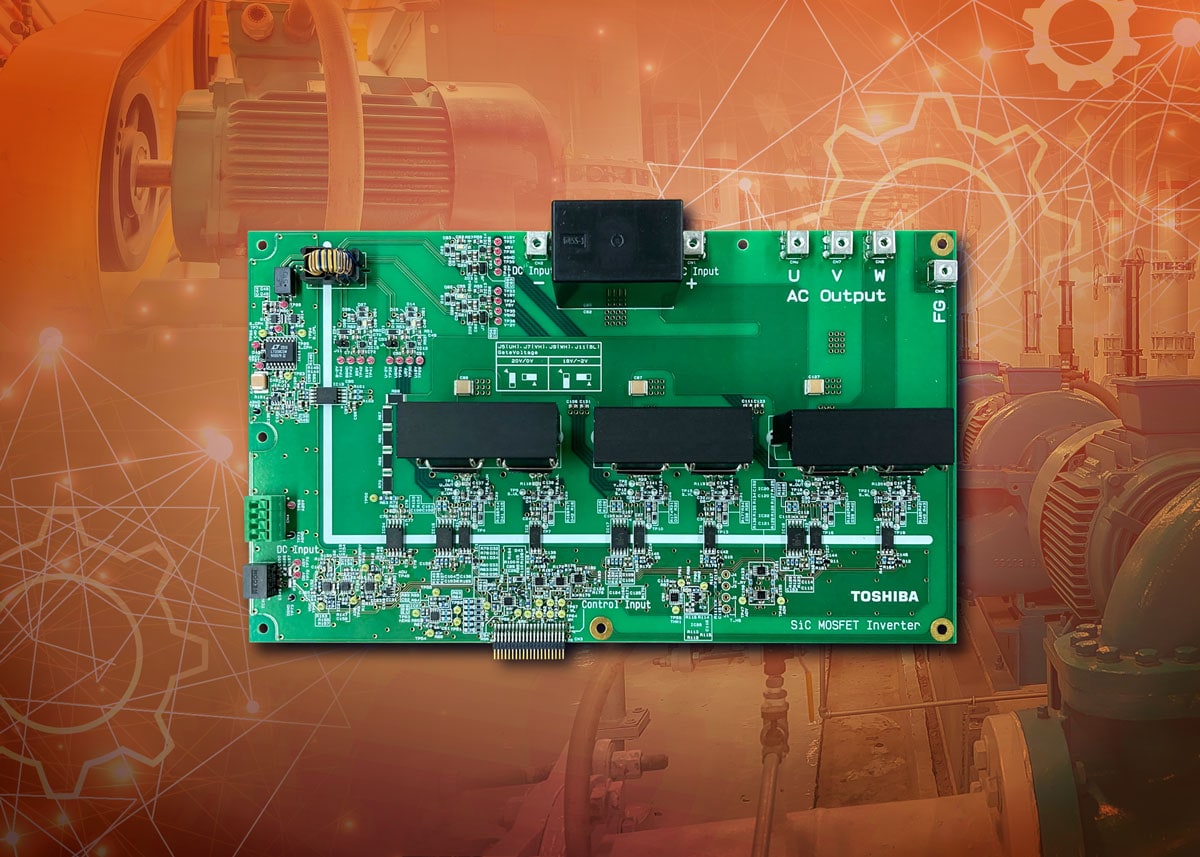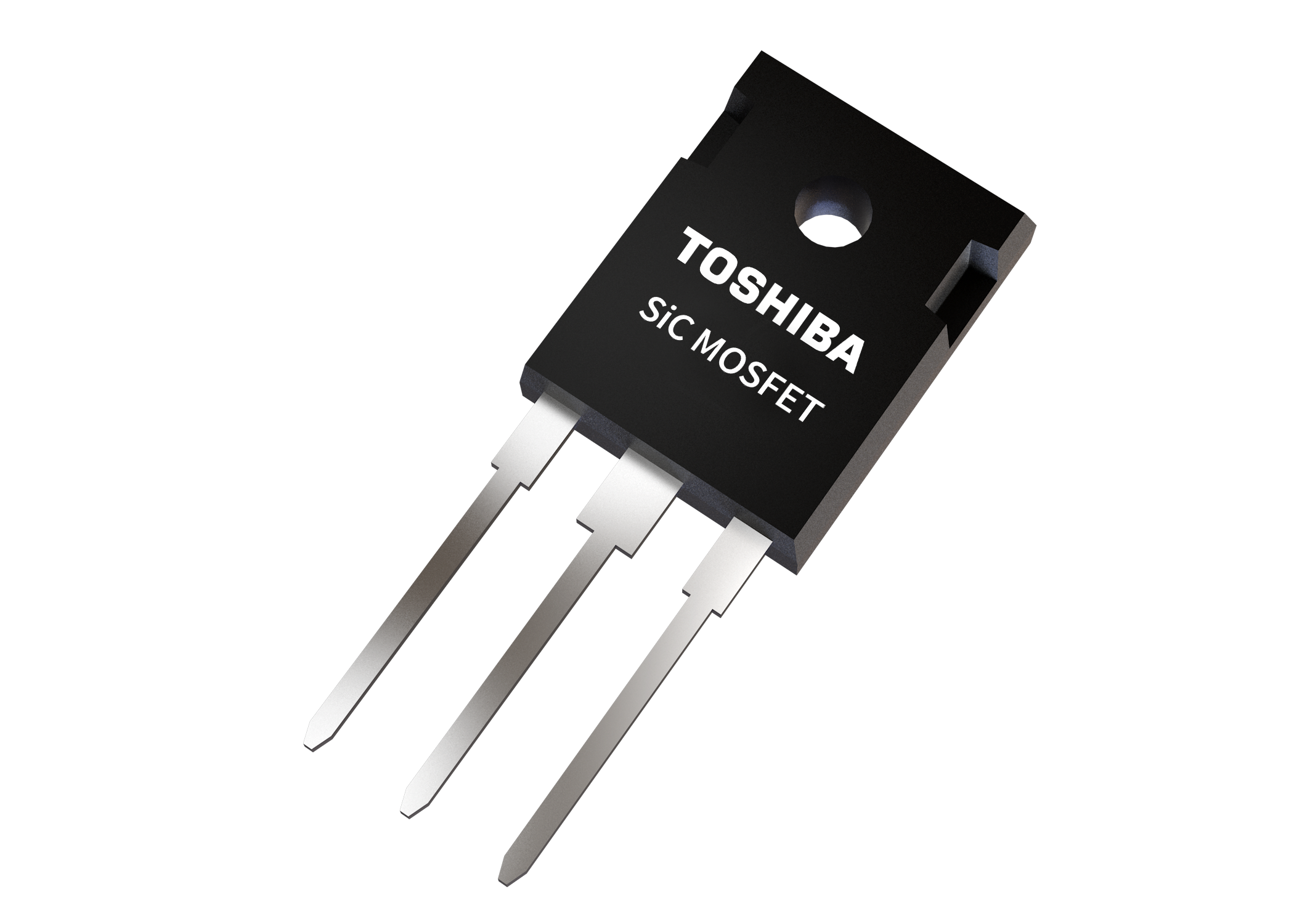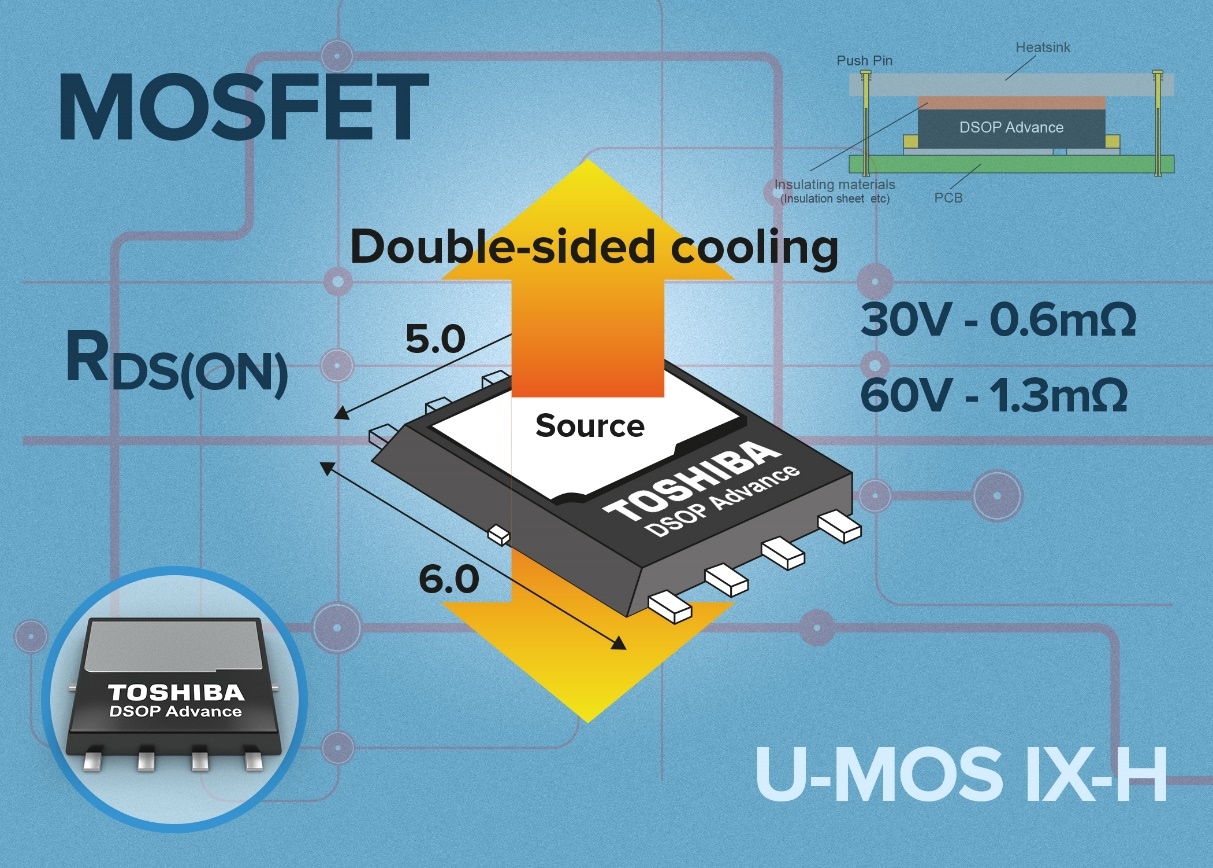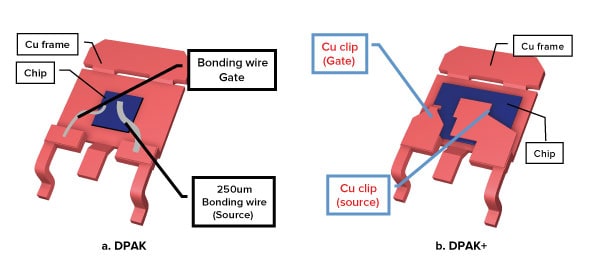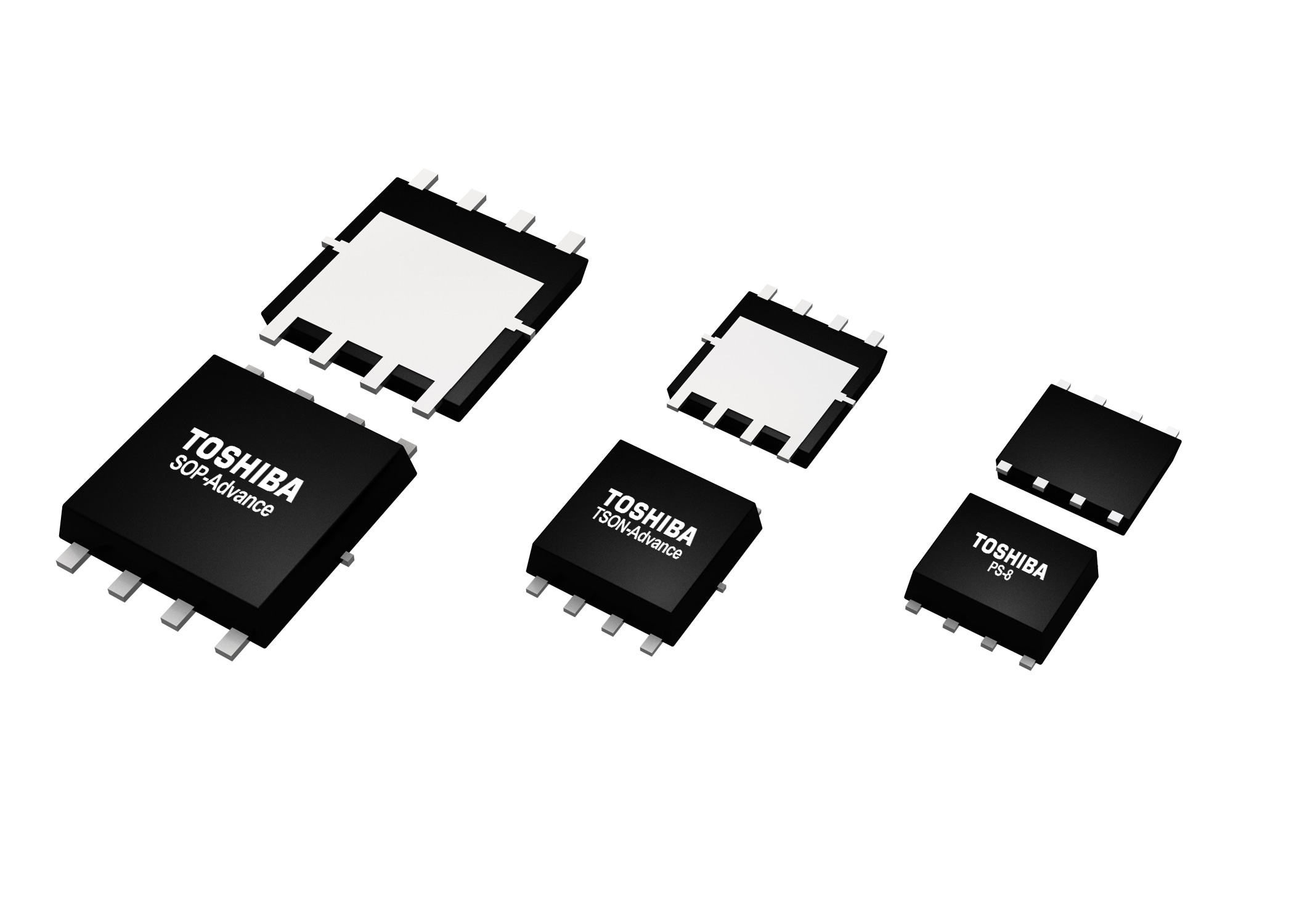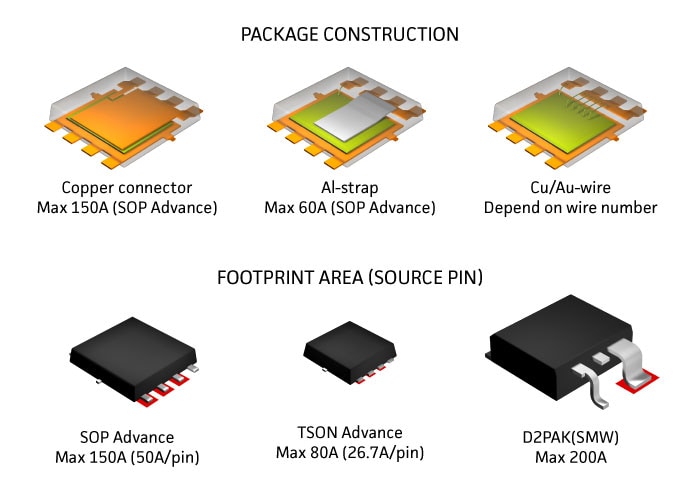- General Top
- SEMICONDUCTOR
- STORAGE
- COMPANY
-
My ToshibaSemicon
- Semiconductor Top
-
ApplicationsAutomotive
Body Electronics
xEV
In-Vehicle Infotainment
Advanced Driver-Assistance Systems (ADAS)
Chassis
IndustrialInfrastructure
BEMS/HEMS
Factory Automation
Commercial Equipment
Consumer/PersonalIoT Equipment
Healthcare
Wearable Device
Mobile
Computer Peripherals
-
ProductsAutomotive Devices
Discrete Semiconductor
Diodes
Transistors
Logic ICs
Analog Devices
Digital Devices
Wireless Devices
※
: Products list (parametric search)
Power SemiconductorsSiC Power Devices
※
: Products list (parametric search)
Isolators/Solid State RelaysPhotocouplers
Digital Isolators
Solid State Relays
Fiber Optic Transmitting Modules
※
: Products list (parametric search)
MOSFETsIGBTs/IEGTsBipolar Transistors※
: Products list (parametric search)
Diodes※
: Products list (parametric search)
MicrocontrollersMotor Driver ICsIntelligent Power ICs※
: Products list (parametric search)
Power Management ICsLinear ICs※
: Products list (parametric search)
General Purpose Logic ICsLinear Image SensorsOther Product ICsOther Product ICs
※
: Products list (parametric search)
-
Design & Development
Design & Development
Innovation Centre
At the Toshiba Innovation Centre we constantly strive to inspire you with our technologies and solutions. Discover how to place us at the heart of your innovations.
-
Knowledge
Knowledge
Highlighted Topics
Further Materials
Other
- Where To Buy
- Part Number & Keyword Search
- Cross Reference Search
- Parametric Search
- Stock Check & Purchase
This webpage doesn't work with Internet Explorer. Please use the latest version of Google Chrome, Microsoft Edge, Mozilla Firefox or Safari.
require 3 characters or more. Search for multiple part numbers fromhere.
The information presented in this cross reference is based on TOSHIBA's selection criteria and should be treated as a suggestion only. Please carefully review the latest versions of all relevant information on the TOSHIBA products, including without limitation data sheets and validate all operating parameters of the TOSHIBA products to ensure that the suggested TOSHIBA products are truly compatible with your design and application.Please note that this cross reference is based on TOSHIBA's estimate of compatibility with other manufacturers' products, based on other manufacturers' published data, at the time the data was collected.TOSHIBA is not responsible for any incorrect or incomplete information. Information is subject to change at any time without notice.
require 3 characters or more.
Introducing the clever fuse
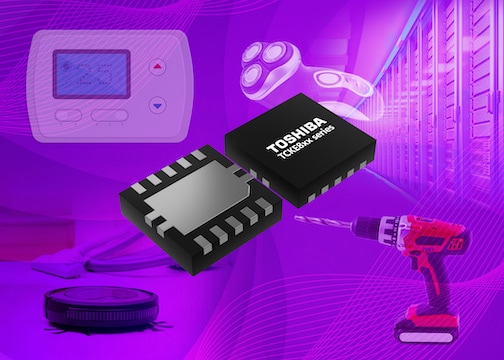
Farads, Ohms, Henrys. Venerable unit definitions for common components recognizing the work of the famous scientists that contributed so much to the world of electronics that we rely upon today. But what of fuses? Unfortunately, it would seem that the science and importance of fuses was not deemed important enough to honor it in the same way. However, its role in protecting electrical circuitry and systems cannot be denied and most engineers, and a few guitarists, have fuses to thank for the happy continuation of their chosen profession.
Fuses are sacrificial devices, designed to fail and thereby break the flow of current when the circuit it is protecting enters some sort of failure mode. This break in current is designed to protect the end user from danger, primarily in the form of electrocution. As such, they protected the operators of the telegraph systems from lightning strikes. But, being a sacrificial device means they must be replaced when they blow. How much of an inconvenience this is depends on the location of the fuse and the ease with which its mechanical installation allows for replacement.
Failure modes can, in some applications, be foreseen. For example, the power supply in a laptop or desktop computer provides USB and other interfaces that allow peripherals to be attached. It can be assumed that, at some point, a faulty USB device will probably be attached that results in a short circuit or higher-than-allowed current draw. Rather than use a sacrificial fuse, devices known as polymeric positive temperature coefficient (PPTC) devices can be used that restricts the current in an overload condition but, once the fault has been cleared, allow current to flow once more. The challenge here is the accuracy of these devices, especially over temperature, and that they never really return to their original low resistance after having been triggered.
Of course, once triggered, there is no simple method whereby the failure can be analyzed or the power to an external port be controlled. This is where intelligent eFuses are starting to show themselves as a competent alternative to PPTCs and traditional fuses.
eFuses include highly accurate current measurement technology, allowing them to react more precisely to current overload conditions. This is combined with a low-resistance switch that it controls. The eFuse also integrates further protection systems, such as under voltage lockout, inrush current protection and a mechanism to automatically retry or latch after a fault event. Some devices also provide a level of over-voltage protection too, or provide some reverse-current protection options. In conjunction with a suitable microcontroller, more intelligence can be built in to the final application.
There are many applications, such as modular systems, that rely upon a neighboring device to supply power or where power is drawn from an available port. This spans motherboards and NAS systems and their SATA connectors, to the USB sockets of games consoles and power banks, to extension modules for industrial PLC solutions.
Should you be searching for an intelligent fuse solution to protect the power path in your application, you can review our white paper on this topic available here:



